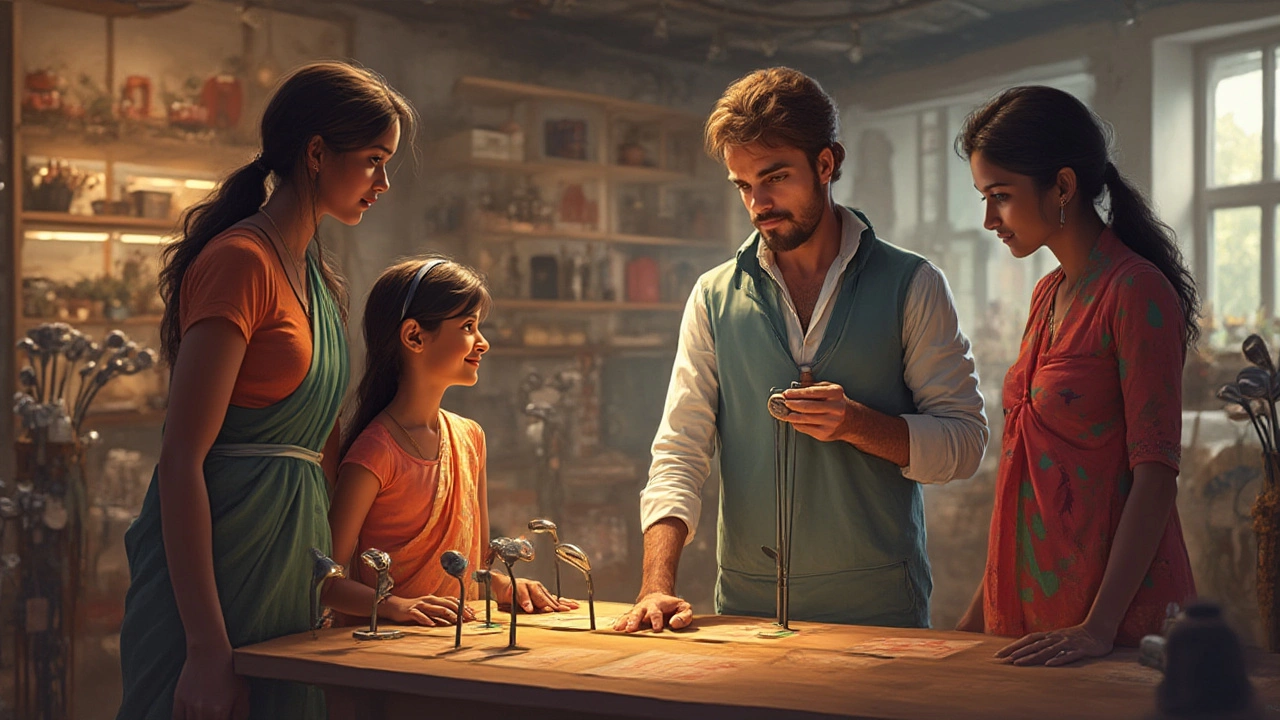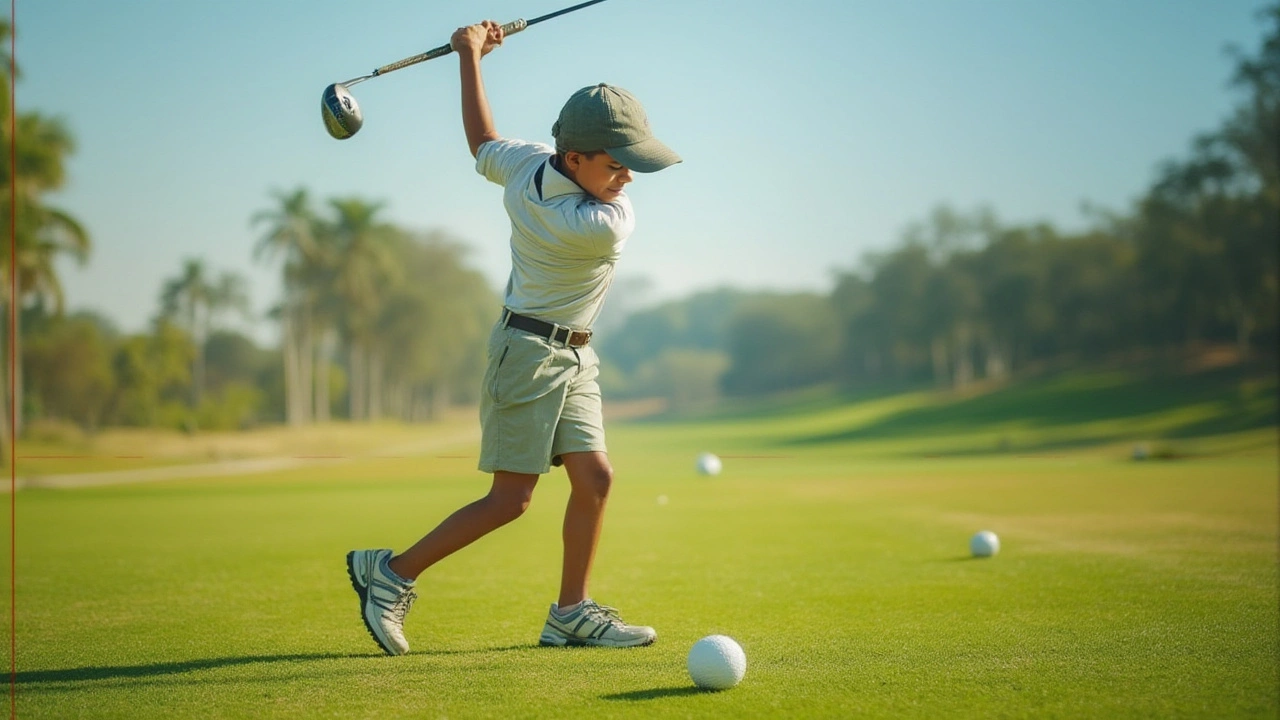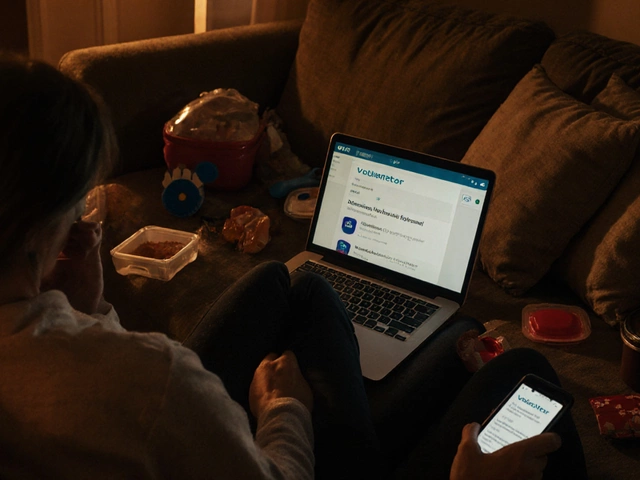Standing in the middle of a driving range, you spot a tall 13-year-old swinging a driver, barely managing to keep the clubface level. You can’t help but notice the club looks longer than a broomstick for someone that age. That’s the everyday struggle for parents, coaches, or the kids themselves: figuring out what size clubs a 13-year-old really needs. Get it wrong and you’ll watch them hack away, frustrated. Get it right, and who knows—maybe New Zealand’s next Lydia Ko gets her start right here. Yet most people wildly underestimate how much difference the right fit makes to comfort, confidence, and long-term skill development.
Why Proper Club Size Matters for 13-Year-Olds
At 13, kids hit that awkward growth stage—some are still waiting for a growth spurt while others have suddenly outgrown their shoes twice in a year. Using the wrong-sized golf clubs at this age is like trying to run in shoes two sizes too small. It messes with the basics: grip, swing speed, aim, and stance. Data from the US Kids Golf Foundation shows that kids using the wrong length clubs are 70% more likely to develop bad swing habits, which often last into adulthood. Wrong weight or length clubs force teens to alter their natural swing, leading to poor mechanics, frustration, and sometimes even injuries to the wrists or lower back.
A properly fitted club does more than keep them comfortable—it helps them learn correct techniques from the start. This isn’t just about keeping juniors happy: it translates to measurable skill improvement, more play time, and fewer tears at the range. Often, a 13-year-old who ditches adult cut-down clubs for junior-fitted gear shaves several strokes off their game within weeks. In short: size matters here, big time.
Common Mistakes When Picking Junior Golf Clubs
Let’s get real—most people just grab the first set with a cartoon character and call it a day. But those "kids" clubs are usually for much younger children. Another common misstep? Taking an old adult club, sawing off the end, and thinking, “Perfect!” That’s like handing a teen rugby player a five-year-old’s gear and expecting results. Golf clubs for 13 year olds should have flexible shafts, lighter weights, and proper grip size. Too often, teens end up with heavy, stiff clubs that wreck their timing. Also, don’t ignore shaft flex, which helps generate distance. Growing bodies need a club that is forgiving and designed with their size in mind.
Another error is focusing solely on height, forgetting that arm length, strength, and even hand size matter too. It’s also easy to overlook club weight: if it’s too heavy, swings slow down and accuracy drops fast. Don’t assume that "one size fits all" in sets marked “junior.” Take time to try clubs before buying or get measured at a local shop with a PGA pro who has experience working with junior golfers.

How to Measure for the Perfect Club Size
You don’t need a Ph.D. in physics to get this right, but you have to measure more than just how tall your teen is. Most club manufacturers recommend starting with height, but arm length often changes quicker than overall height during puberty. Here’s a quick table to help:
| Child’s Height (cm) | Recommended Club Length (cm) | Average 13-Year-Old Range |
|---|---|---|
| 140 - 150 | 71 - 74 | Short to average |
| 151 - 160 | 74 - 77 | Average |
| 161 - 170 | 77 - 80 | Tall |
| 171 - 178 | 80 - 83 | Very tall for age |
If your 13-year-old is in an awkward in-between phase, err on the side of slightly shorter versus longer. That keeps their swing smooth. Measure from the ground to their wrist crease (standing tall, arms relaxed) for a more precise fit. Clubs should reach slightly below the waistline when kids stand upright, arms at their sides. Don’t just check the driver—measure for every club in the bag, as lengths vary by club type.
Grip size is easy to miss too, but a grip that’s too fat or too skinny messes up release and control. A junior fitting with a pro or specialty golf shop can help you get this just right. Many shops in Wellington and throughout New Zealand offer quick fittings, especially before junior tournaments.
Top Club Brands and Recommendations for 13 Year Olds
You’d be surprised how different brand offerings feel in the hand. Sets from US Kids Golf and Callaway’s XJ line are lead picks for a reason—they’re designed to match every detail from shaft flex to grip softness, all tailored to growing bodies. Ping’s Prodi G series lets clubs be adjusted in length for up to two years as your child sprout up; it’s basically the magic stretchy pants of the golf world. Wilson’s Profile JGI is another solid, affordable starter, built to live through backpack tosses and lost headcovers on the range.
A club set typically includes a driver, hybrid, one or two irons, a wedge, and a putter. What’s really cool right now: some club programs let you trade up as your teen grows, saving you buckets of cash. In New Zealand, you’ll also find local brands offering rental “grow with me” sets, which makes total sense for families not ready to invest in new gear every few months.
Don’t get swept away by flashy marketing. Pick clubs that feel comfortable for your teen, not just what their best mate is using. Always try clubs at a pro shop or demo day; you’ll spot the instant difference when your child holds one that fits right. Watch their swing: do they look in control? Is the club easy to lift and swing smoothly? Your eyes (and their smile) will tell you more than any label.

Extra Tips and Fun Facts for New Golf Parents
Here are tidbits that’ll come in handy: golf clubs are not something you want to buy "big for them to grow into"—awkward clubs kill young confidence. Research out of the University of St. Andrews in Scotland found that juniors in properly fitted gear saw a 42% drop in early drop-outs because they actually felt successful and engaged. Encourage your 13-year-old to test different weights and grips. Many find that lighter graphite shafts work best (unless your teen is already the next All Blacks prop forward in disguise).
- Always match club flex to your teen’s swing speed. Too stiff and you’ll see weak shots; too flexible and shots go wild.
- Don’t ignore club head style—many junior clubs have bigger sweet spots, which means more forgiveness for off-center hits.
- If you’re hunting in bargain bins, check that grips aren’t worn and shafts aren’t bent. Worn-out grips lead to blisters and frustration fast.
- Get involved with local junior golf clinics—Wellington has heaps of programs with loaner clubs and tryouts before you buy.
Don’t stress if you’re confused by all the numbers and brands. Focus on your kid’s comfort and the fun of learning the game. That’s what sticks long-term. Sure, pros will eventually outgrow junior sets, but the habits built with the right clubs last way longer than any single nine iron. You might even spot your teen swapping tips with future stars on the green, all because they started with the clubs that fit just right.
So next time you spot an awkward swing from a 13-year-old, you’ll know: it’s not clumsy hands—it’s probably that their clubs just don’t fit. Fix that, and you might just change their whole game.






